Japanese Culture & Traditions, Japanese Traditional Crafts, National Treasures of Japan
The Dōjigiri Yasutsuna: Japan’s Greatest Sword
A certified National Treasure (Kokuhō) and the oldest surviving katana style blade in all of Japan, the Dōjigiri Yasutsuna is the ultimate Japanese sword. Often called the ‘yokozuna’ of Japanese swords,’ this champion boasts a long list of features and legends making it unmatched in beauty, strength, and value – truly Japan’s greatest weapon. The blade currently rests as the pride and joy possession of the Tokyo National Museum. But for those of us who can’t make the trip, or simply want to know more, today we are going to cover all there is to know about this thousand year old treasure.
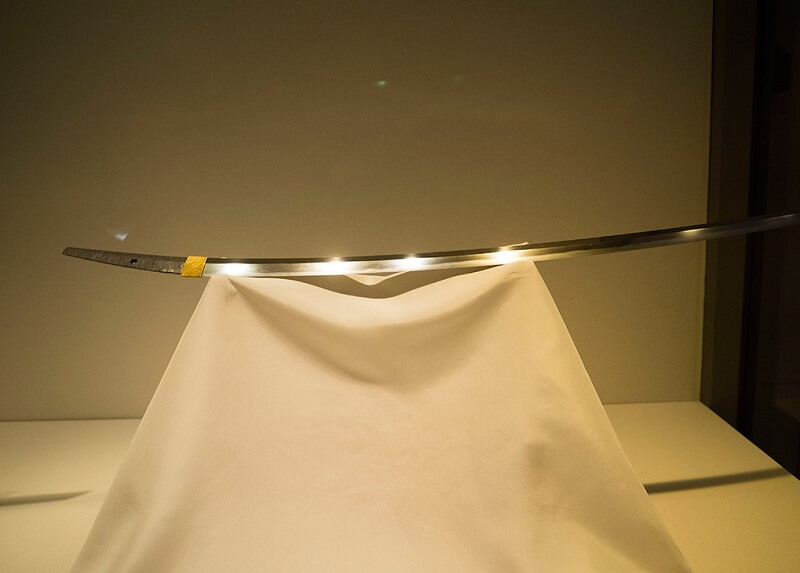
(Image: kuputa.net)
The Dōjigiri Yasutsuna was a groundbreaking weapon for several reasons. These accolades stem from the technical accomplishments of its creator, as well as the generations of innovation that went into its design. Moreover, the history of its creator reveal as much about the fame and value placed on this, his greatest work, than any visit to a museum can hope to accomplish.
That’s why we can’t just focus on the sword itself; we have to take into consideration the entire history. We’ve got to include the legends and myths behind the pioneer swordmaker Yasutsuna, his disciples, and his school’s magnum opus: the Dōjigiri katana. Known as the creator of the first curved katana blade in all of Japan, the life work of the first Yasutsuna reflects the master technology and innovation developed from scratch around the year 700. It was under his school’s strict tutelage that the Dōjigiri was crafted sometime between the years 1000-1100. In fact, the Yasutsuna style is so central to the history of Japanese swords – especially the katana style – that many of the most famous and treasured swords forged thereafter take direct influence from the Yasutsuna school.
The First Yasutsuna: The Founder of Tradition
The earliest Yasutsuna master swordmaker forged the world’s first katana (classified as such for its curved blade) around the year 700 in his workshop near present day Nara. Known for his skill, Amakuni Yasutsuna worked for the Emperor in his nearby palace. Legend has it that the hardening technique used today by sword and knife makers throughout Japan was invented by Yasutsuna, adding to his reputation as the founding father of Japanese swords. Providing the emperor with curved, hardened blades in the Middle Ages, the he and his school of swordsmiths were beloved by royalty and warrior classes alike.
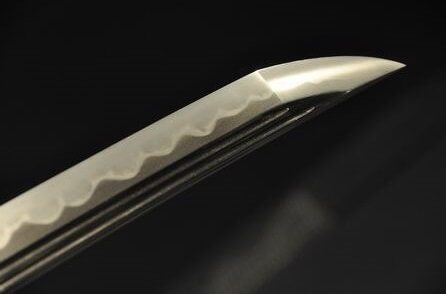
(Image: matome.naver.jp)
Today, the beautifully patterned hamon we see on Japanese kitchen knives is a remnant of Yasutsuna’s technique. Repeatedly layered, heated, and cooled, these blades have a hardened cutting edge and resilient spine. You can look for this feature in modern Japanese knives by searching for those ‘differentially hardened’ – a modern, english term for Yasutsuna’s ancient method.
Dōjigiri Yasutsuna is Born
Later, sometime during the Heian Period (794-1185 AD), top member of the Yasutsuna school Hoki Yasutsuna produced the tradition’s most legendary sword: the Dōjigiri katana. The sword represented each of the features of his predecessors’ best works: impeccable curve providing striking strength; hardened core with beautiful hamon pattern; and balanced length of 80cm. So successful and well crafted was this design that scholars have noted its influence on the later works of legendary swordmaker Masamune (see more about Masamune on our blog: LINK)
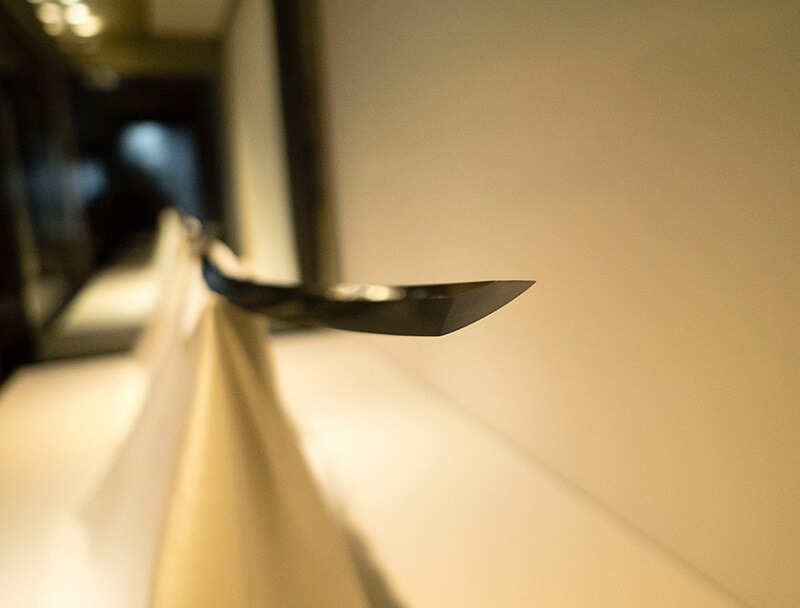
(Image: kuputa.net)
But it wasn’t just the technical features of the Dōjigiri Yasutsuna that made it such a feared weapon. No, there is more to the story than that.
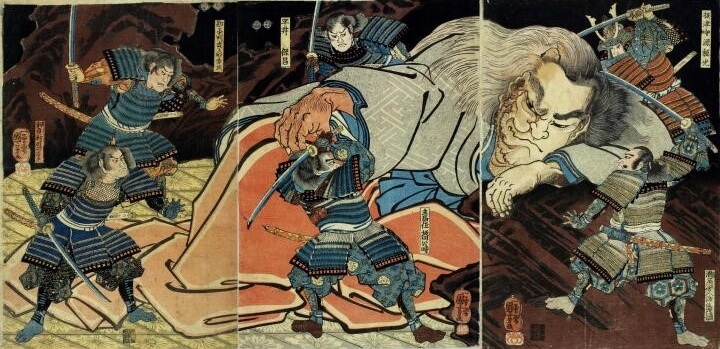
(Image: nichibun.ac.jp)
Legend has it that the Dōjigiri Yasutsuna earned its name by killing the most deadly and feared demon of its time: the Shuten-Dōji. Said to have lived near Kyoto along Japan’s most travelled transnational road, the Tokkaidō, this demon was known to terrorize, kidnap, and destroy at will those who crossed its path. Likely an exaggerated version of the highway-robbers who really did camp out along this route, the Shuten-Dōji was said to have disrupted trade and travel between the various fiefdoms and settlements of west-central Japan. That is, until around 1392 when he was defeated by Minamoto Yorimitsu with this very sword. This legend resulted in a renaming of the sword, making it known as the Dōjigiri (English: Dōji-slaying) Yasutsuna.
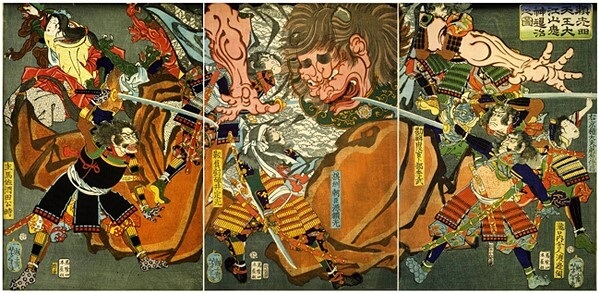
(Image: photo-make.jp)
Tenka-Goken ‘Five Best Swords under Heaven’
The Dōjigiri Yasutsuna’s fate as the nation’s most talked about sword thus sealed, it became the prized possession of shoguns Toyotomi Hideyoshi, Tokugawa Ieyasu, before finally landing in the hands of a powerful lord of today’s Okayama.
As its legend grew, historians grouped the Dōjigiri Yasutsuna together with the four other ‘best’ swords of the nation, forming a mythical collection known as the tenka-goken – The Best Swords Under Heaven. Protected by Japan’s most elite former-samurai families, it was designed a National Treasure (Kokuhō) in 1933 and rode out the war in the possession of Viscount Matsudaira.

(Image: japaneseswordlegends.wordpress.com)
In the tough post-war years, it was sold several times. Luckily, each of those who bought it understood its importance, and took care to insure the Dōjigiri Yasutsuna’s safety. Never falling into the hands of the careless Allied Occupation Forces or greedy American treasure hunters, the sword was finally purchased by the Japanese Government of Cultural Affairs in 1963. Since then it has been on loan to the Tokyo National Museum where visitors are able to take a close look at its the beautiful hamon and curved blade – each trademarks of the Yasutsuna name.
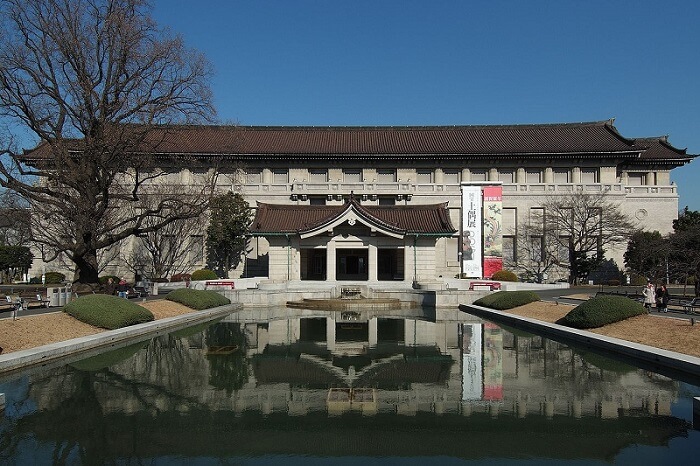
(Image: commons.wikimedia.org)
Stay tuned for more coverage of Japan’s greatest works of art. We are going to continue our coverage of Japanese crafts, bringing you the history and legends – fact and fiction – relating to the islands’ most impressive arts and crafts. So make sure to check back soon. In the meantime, take a look at our many other posts to deepen your knowledge of Japan’s unique history of craftsmanship. Who knows, you might even find a new piece to add to your collection of keepsakes and ornaments!
Top 3 Strangest Muramasa Legends: the Creepy gets even Creepier
The strangest stories (here in English for the very first time) reveal the chilling beliefs people have about Muramasa blades. Check these out:
-
“Together with Masamune, Muramasa placed his sword in a flowing river in order to compare his creation against his rival’s. Dead leaves flowing by were easily cut by both, while the fish and other debris were left whole by Masamune’s sword.” The moral here is that Masamune’s sword would not kill that which is peaceful and living, while Muramasa’s easily and hungrily sliced everything that it touched.
-
“Before the Second World War, a researcher at a famous university in northern Japan set about testing and studying the metal, composition, and sharpness of various ancient artifacts. When news got out about his impressive new method of measurement, people from all around brought in their family heirlooms to be tested and evaluated by the good professor. Eventually, people began bringing in ancient swords, until at last a Muramasa found its way to the professor’s lab. While in his possession, the professor was struck with great excitement – his heart would not stop pounding. Readings from the sword, however, would not stabilize – the numbers kept jumping higher and lower. He was forced to abandon the experiment as he couldn’t get a steady reading.” Matching the heartbeat of its bearer, the Muramasa sword would not calm down for the experiments.
-
“The cursed edge of a Muramasa makes it exceptionally dangerous – for example, should you slip while sharpening it, its cut will be so fine and so clean that you might even go on working, never noticing the fingers which have now fallen to the floor.” These are the tails of professional sword sharpeners who tremble at the thought of having to service a Muramasa katana. Others mention a certain stinging or tingling sensation unlike the wound from any other blade.
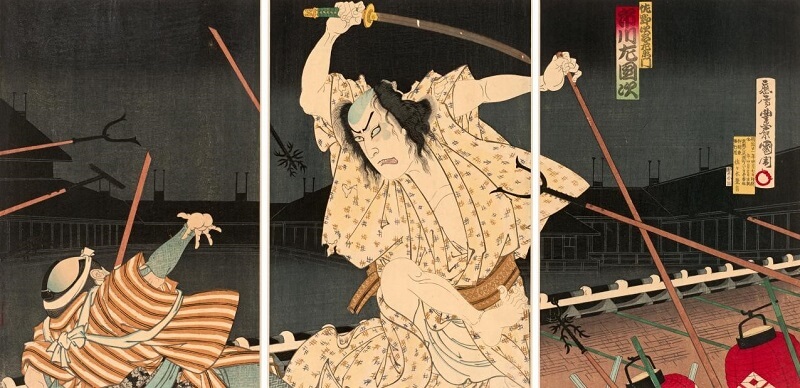
(Image: ngv.vic.gov.au)
Muramasa Swords Today
Today, katana swords bearing the Muramasa name have appeared in film, television, manga, and video games, usually as a demonic weapon that drives its wielder to become a bloodthirsty and possibly indiscriminate killer. So popular are legends of these cursed swords that “Muramasa’s Yōtō (Cursed Sword)” has become the trademark name for all-out-attack strategies in various tabletop and online games. Implying the craziness of the player, this strategy is a high-risk-high-reward move requiring more than a little bit of guts.
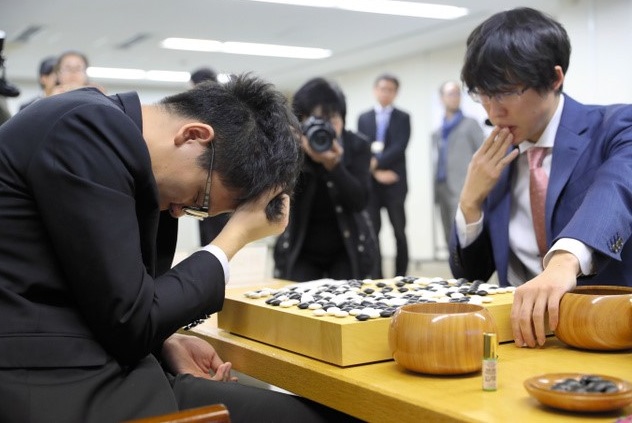
(Image: asahi.com)
While we might think these tales of bad luck and demonic curses are silly, consider this: Japan includes not a single Muramasa sword in its list of National Treasures (Kokuhou). Like I said before, even after hundreds of years, reputations truly are tough to shake.

Author - Jay
In my spare time I enjoy watching baseball, tasting local cuisine, and exploring by road and rail. Having lived in several cities around the world, I have an appreciation for local as well as international histories and cultures. Excited by cultural and social exchange, it is my hope that this blog will help promote an interest in Japanese traditional wares and practises by introducing you to their history and meanings.


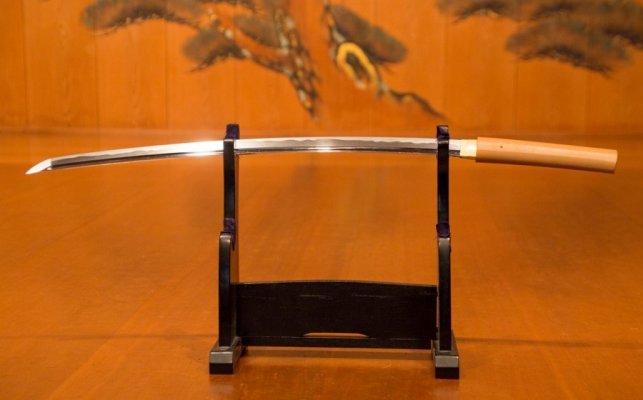
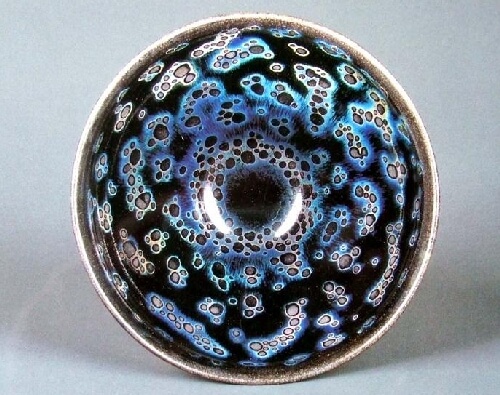
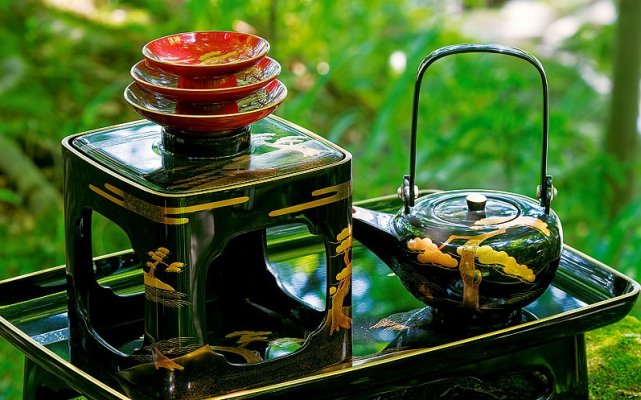
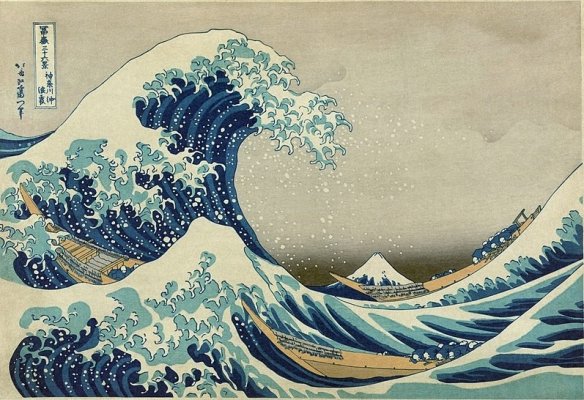
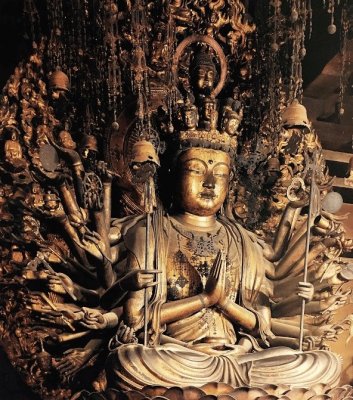
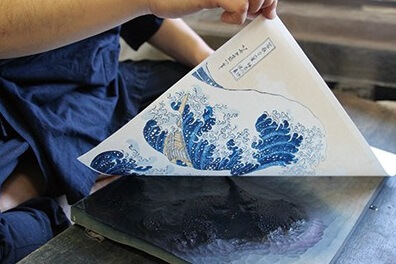
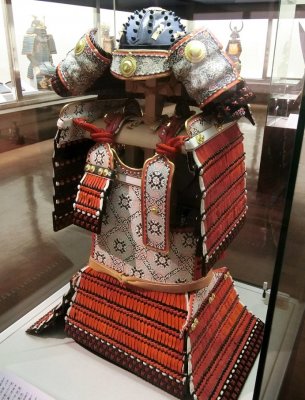
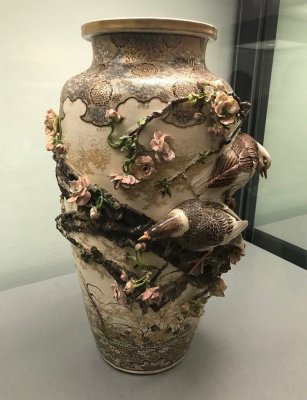
About Orientalsouls.com
Learn and Buy Japanese Craftsmanship, Tradition & Culture
OrientalSoul.com is the online shop where you can buy traditional crafts of Japan.
We only sell selected authentic products in which true spirits of Japanese craftsmanship exist.
You may be able to find similar products in other shops for lower prices. However, we sell products based on fair prices that worth labor and value of experienced craftsmen.
In addition, we introduce stories about product history, how a product is made, what makes it different from others, and how the product enriches your life!